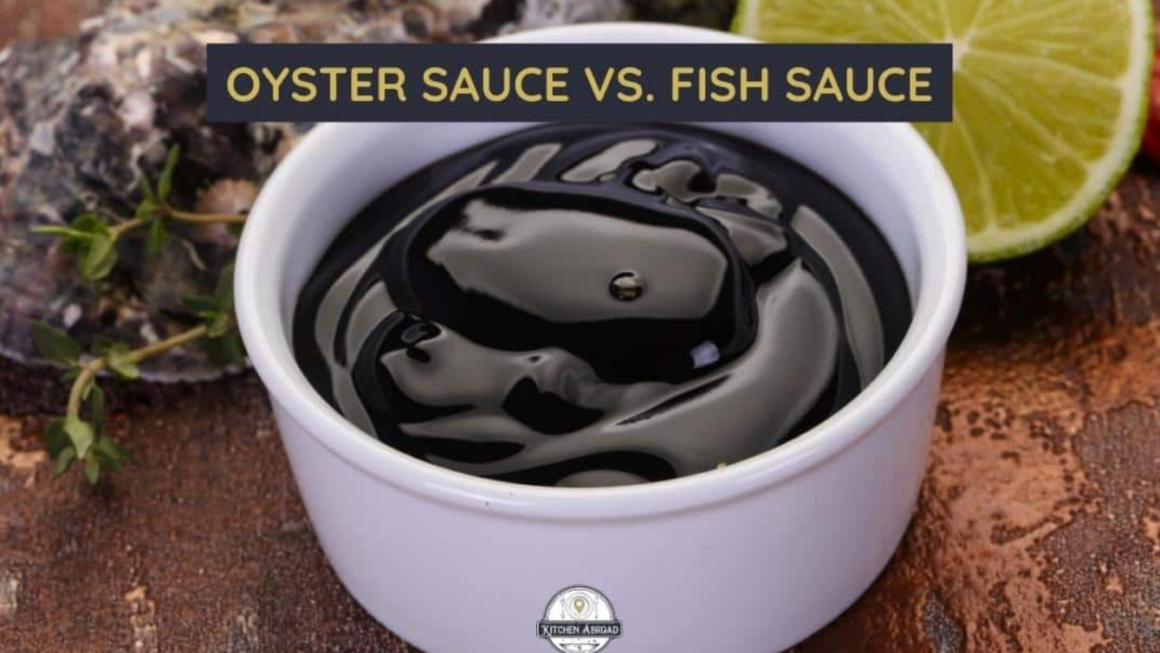Fish Sauce and Oyster Sauce Flavour Profiles
Understanding the Umami of Fish Sauce
Professional chefs and foodies alike must recognise the differences in flavour between oyster and fish sauces. Fish sauce is a staple in many Southeast Asian cuisines. It is created by fermenting fish—mainly anchovies—and adding salt to the mixture. This fermentation process produces a rich, savoury, and nuanced umami flavour. Fish sauce’s umami flavour is often described as intensely savoury and slightly salty. This makes it an excellent complement to recipes that call for complexity and depth. Although the degree of saltiness varies from brand to brand, it generally has a strong scent. This scent can enhance a dish’s flavour profile.
Flavour Characteristics of Oyster Sauce
Oyster sauce is made by extracting oyster juices. These juices are then thickened with cornflour and flavoured with sugar. This creates a sauce with a distinct composition. Unlike fish sauce, which has a more pronounced saltiness, oyster sauce has a unique blend of sweetness and umami. It is richer in flavour, covering food nicely and giving it a glossy sheen. The sauce also provides a recognisable taste in marinades and stir-fries. Oyster sauce’s balance of savoury and sweet flavours makes it highly adaptable. It can intensify flavour without overwhelming the other components. Its scent, which people often describe as mildly marine, is pleasant and welcoming. This scent is not as strong as the one from fish sauce.
Comparing Sweetness and Saltiness
Both sauces provide umami to food, so they share several similarities. However, their sweetness and saltiness are the main distinctions. Oyster sauce stands out with its rich texture and sweet overtones. Fish sauce, on the other hand, is often saltier and more pungent. By recognising these differences, you can select the right sauce for various culinary applications. This will help you improve the flavour profile of your dishes.
Uses in Cooking and Suggestions for Pairing
Popular Dishes with Fish Sauce
Oyster sauce and fish sauce are essential ingredients in many Asian cuisines, and they serve different culinary purposes. Fish sauce is a mainstay in Southeast Asian food, especially in countries like Thailand and Vietnam. It is made from fermented fish. Its strong, salty flavour complements dishes such as classic pho, green papaya salad, and pad Thai. In Chinese cooking, oyster sauce—a richer, sweeter sauce made from oyster extracts—is more commonly used. It enhances stir-fries, adding savoury depth, especially in recipes like chicken with vegetables or beef with broccoli.
Pairing Fish Sauce with Different Foods
Fish sauce, with its umami-rich flavour, balances the richness of various meats and shellfish. It pairs particularly well with steamed vegetables, grilled meats, and seafood, such as fish and prawns. Using moderate amounts of fish sauce in recipes allows its strong flavour to complement other ingredients without overpowering them.
Pairing Oyster Sauce with Hearty Dishes
Oyster sauce, on the other hand, complements heartier foods. Due to its thickness and sweetness, it works wonderfully as a glaze. It binds components together and gives stir-fried meats and vegetables a glossy finish. It enhances the natural flavours of vegetables like bok choy, snow peas, and mushrooms, improving the overall taste of the dish.
Interchanging Fish Sauce and Oyster Sauce in Dishes
While the final flavour profiles will differ, both sauces are adaptable and can be used interchangeably in some dishes. To enhance your culinary creations, consider the unique qualities of each sauce when experimenting in the kitchen. Understanding these subtleties will help you make more deliberate choices, ultimately improving the dining experience.
Dietary Considerations and Nutritional Aspects
Calorie and Sodium Content in Fish Sauce
When comparing fish sauce and oyster sauce, it’s essential to consider their nutritional profiles and how they fit into different dietary frameworks. Fish sauce, usually made from fermented fish, has a relatively low calorie content. Those on calorie-restricted diets may appreciate the 10 to 15 calories in a typical serving. However, it is important to note that fish sauce contains a high amount of salt. A typical serving has between 1,200 and 2,000 mg of sodium. People who monitor their salt intake due to hypertension or other health issues may be concerned about this high sodium level.
Calorie and Sodium Content in Oyster Sauce
In contrast, oyster sauce often contains more calories than fish sauce. A tablespoon of oyster sauce typically has around 20 calories. While this may have a small impact on total calorie consumption, it becomes more significant when using larger quantities. Oyster sauce also contains a substantial amount of salt, ranging from 600 to 800 mg per tablespoon. Although this is usually less than the amount in fish sauce, it is still important for those concerned about their salt intake to keep this difference in mind when selecting a sauce for cooking.
Dietary Restrictions and Substitutes for Fish Sauce and Oyster Sauce
Both sauces present nutritional challenges for certain diets. Fish sauce, being made from fish, is unsuitable for vegetarians and vegans. Oyster sauce, which usually contains oyster extracts, is also non-vegetarian and unsuitable for vegans. Fortunately, people who avoid animal products can choose from several substitutes. For instance, mushroom-based sauces replicate the umami flavours found in fish or oyster sauces. By understanding these dietary considerations, consumers can make informed decisions that align with their nutritional needs.
